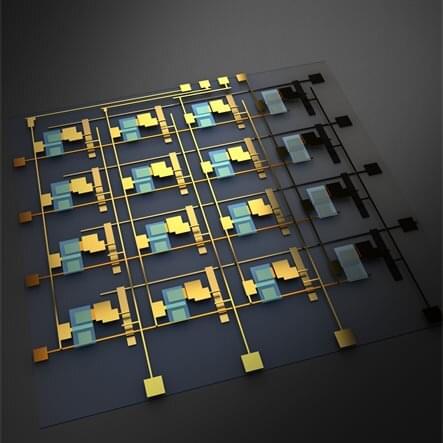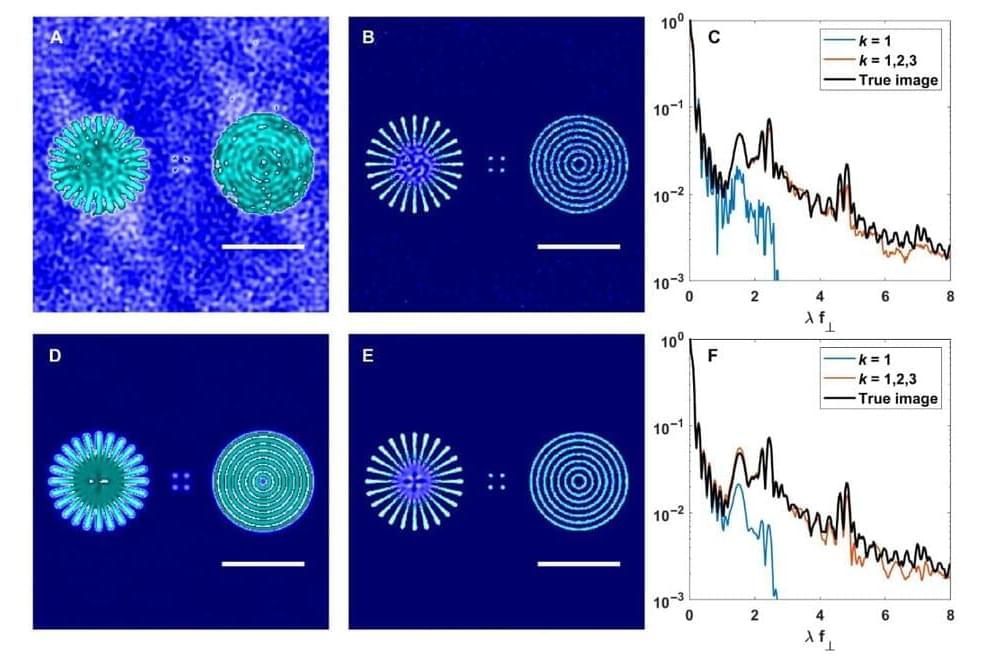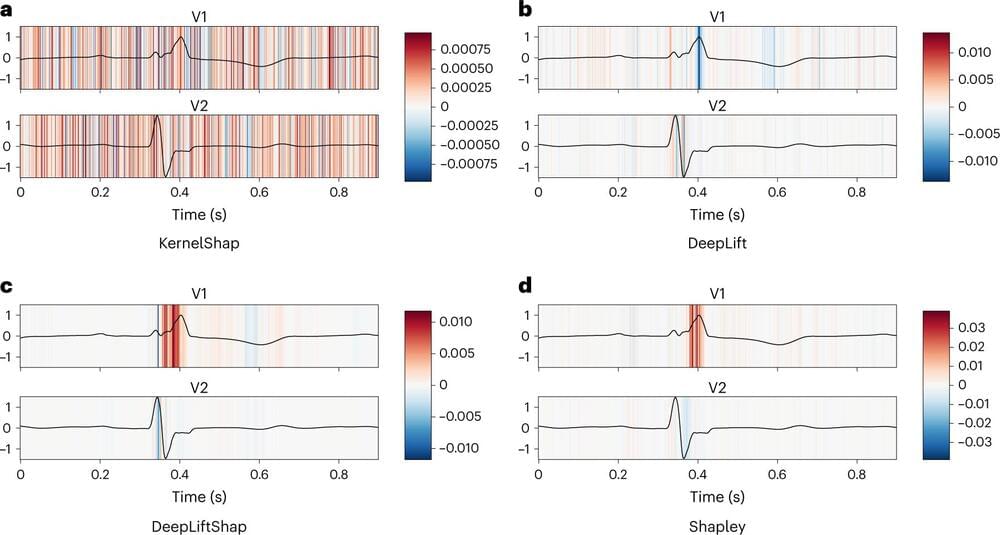This special edition show is sponsored by Numerai, please visit them here with our sponsor link (we would really appreciate it) http://numer.ai/mlst.
Prof. Karl Friston recently proposed a vision of artificial intelligence that goes beyond machines and algorithms, and embraces humans and nature as part of a cyber-physical ecosystem of intelligence. This vision is based on the principle of active inference, which states that intelligent systems can learn from their observations and act on their environment to reduce uncertainty and achieve their goals. This leads to a formal account of collective intelligence that rests on shared narratives and goals.
To realize this vision, Friston suggests developing a shared hyper-spatial modelling language and transaction protocol, as well as novel methods for measuring and optimizing collective intelligence. This could harness the power of artificial intelligence for the common good, without compromising human dignity or autonomy. It also challenges us to rethink our relationship with technology, nature, and each other, and invites us to join a global community of sense-makers who are curious about the world and eager to improve it.
Pod version: https://podcasters.spotify.com/pod/show/machinelearningstree…on-e208f50
Support us! https://www.patreon.com/mlst.
MLST Discord: https://discord.gg/aNPkGUQtc5
TOC:
Intro [00:00:00]
Numerai (Sponsor segment) [00:07:10]
Designing Ecosystems of Intelligence from First Principles (Friston et al) [00:09:48]
Information / Infosphere and human agency [00:18:30]
Intelligence [00:31:38]
Reductionism [00:39:36]
Universalism [00:44:46]
Emergence [00:54:23]
Markov blankets [01:02:11]
Whole part relationships / structure learning [01:22:33]
Enactivism [01:29:23]
Knowledge and Language [01:43:53]
ChatGPT [01:50:56]
Ethics (is-ought) [02:07:55]
Can people be evil? [02:35:06]
Ethics in Al, subjectiveness [02:39:05]
Final thoughts [02:57:00]
References:







